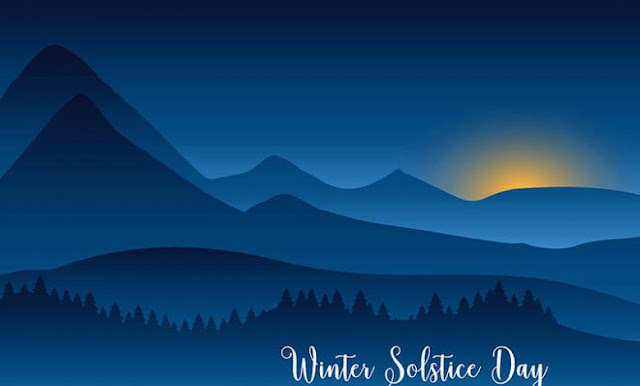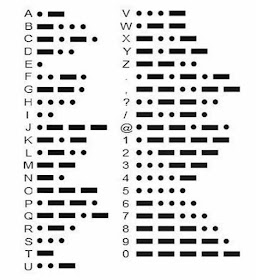I believe in always going to the funeral. My father taught me that.
The first time he said it directly to me, I was 16 and trying to get out of going to calling hours for Miss Emerson, my old fifth grade math teacher. I did not want to go. My father was unequivocal. "Dee," he said, "you're going. Always go to the funeral. Do it for the family."
So my dad waited outside while I went in. It was worse than I thought it would be: I was the only kid there. When the condolence line deposited me in front of Miss Emerson's shell-shocked parents, I stammered out, "Sorry about all this," and stalked away. But, for that deeply weird expression of sympathy delivered 20 years ago, Miss Emerson's mother still remembers my name and always says hello with tearing eyes.
That was the first time I went un-chaperoned, but my parents had been taking us kids to funerals and calling hours as a matter of course for years. By the time I was 16, I had been to five or six funerals. I remember two things from the funeral circuit: bottomless dishes of free mints and my father saying on the ride home, "You can't come in without going out, kids. Always go to the funeral."
Sounds simple — when someone dies, get in your car and go to calling hours or the funeral. That, I can do. But I think a personal philosophy of going to funerals means more than that.
"Always go to the funeral" means that I have to do the right thing when I really, really don't feel like it. I have to remind myself of it when I could make some small gesture, but I don't really have to and I definitely don't want to. I'm talking about those things that represent only inconvenience to me, but the world to the other guy. You know, the painfully under-attended birthday party. The hospital visit during happy hour. The Shiva call for one of my ex's uncles. In my humdrum life, the daily battle hasn't been good versus evil. It's hardly so epic. Most days, my real battle is doing good versus doing nothing.
In going to funerals, I've come to believe that while I wait to make a grand heroic gesture, I should just stick to the small inconveniences that let me share in life's inevitable, occasional calamity.
On a cold April night three years ago, my father died a quiet death from cancer. His funeral was on a Wednesday, middle of the workweek. I had been numb for days when, for some reason, during the funeral, I turned and looked back at the folks in the church. The memory of it still takes my breath away. The most human, powerful and humbling thing I've ever seen was a church at 3:00 on a Wednesday full of inconvenienced people who believe in going to the funeral.
Deirdre Sullivan grew up in Syracuse, N.Y., and traveled the world working odd jobs before attending law school at Northwestern University. Sullivan says her father's greatest gift to her and her family was how he ushered them through the process of his death.
Article about my friend, GJ Charlet
















